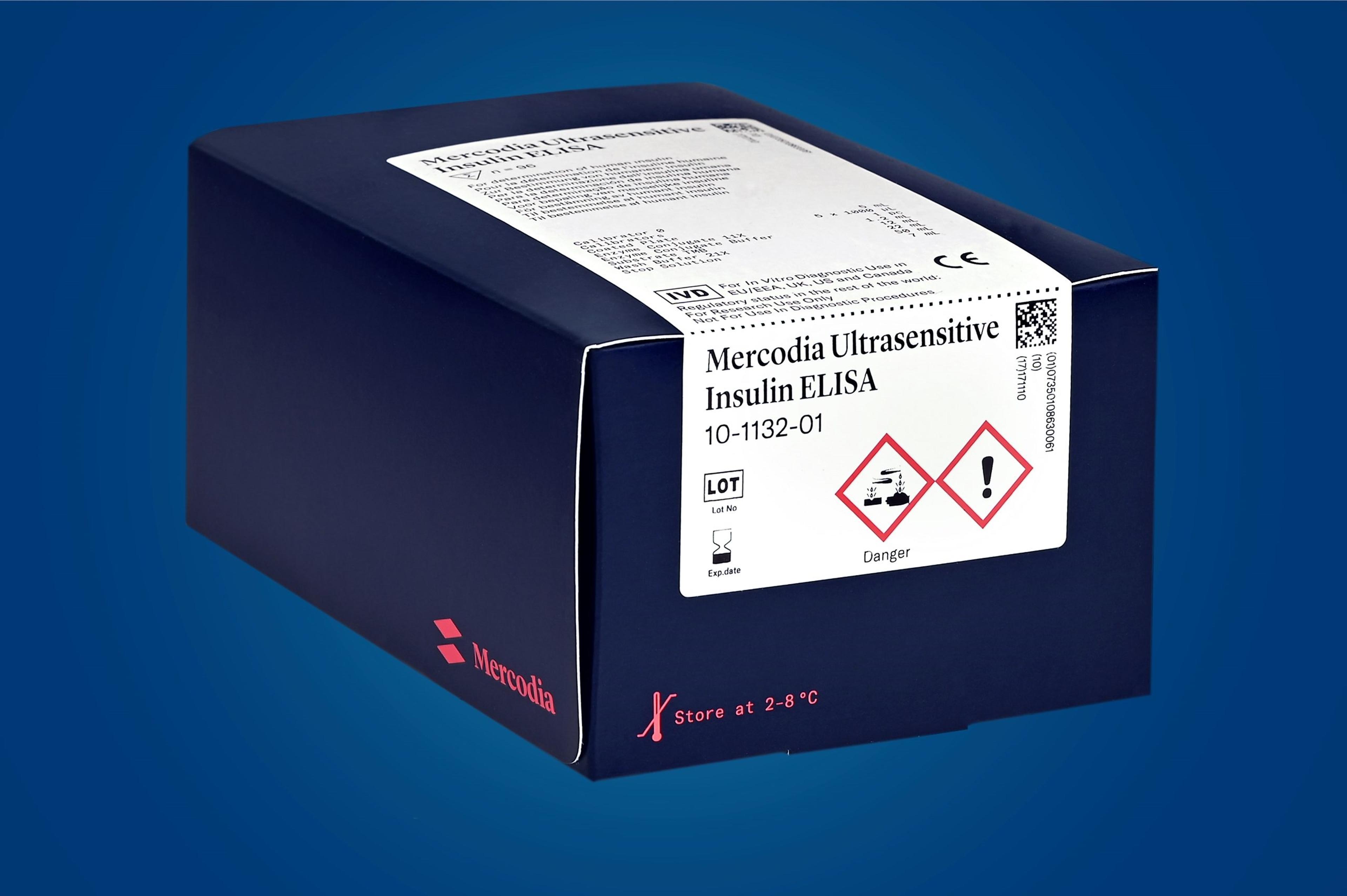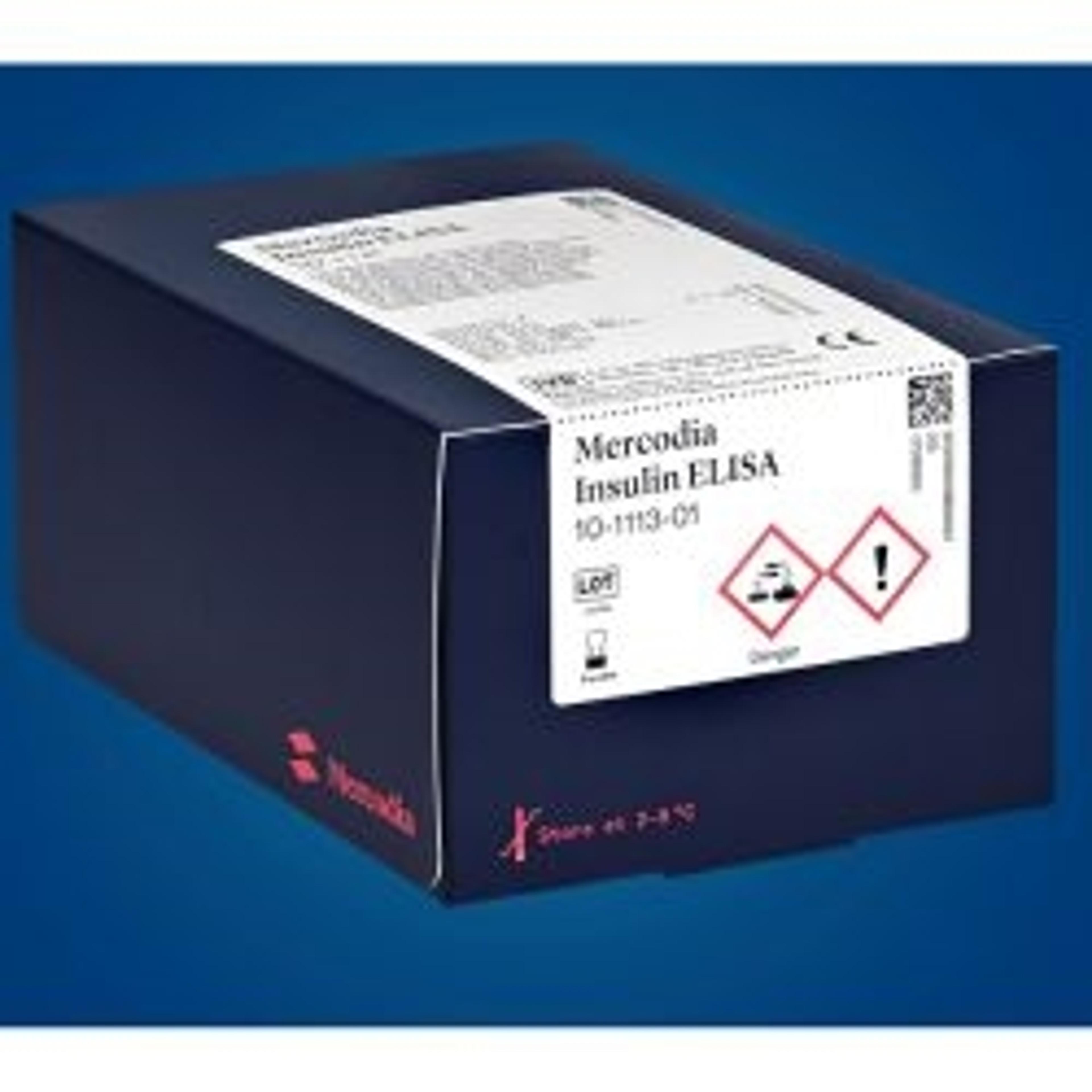A new tool for successful insulin measurements
10 May 2023
Protein concentrations in samples have always been of crucial relevance for researchers and laboratory personnel. If your insulin sample concentrations are within range for your application, a variety of tools can be used; however, if the concentration is too high, choosing the right tool can be challenging.
A new tool that addresses this problem is the Total Insulin Northern Lights® MBeads Assay.
When choosing the right assay consider the type of sample as well as the concentration of the analyte. Make sure that the assay used is proven to be accurate, precise, and reproducible. This will save you time and money, and avoid inconclusive results.
The best tool for your low/very low insulin samples
When the protein concentration is very low, sometimes there is very little to try. In some circumstances, there is the possibility of concentrating the sample into smaller volumes or using a more sensitive tool.
The best option when there are low levels of insulin in blood-derived samples is a more sensitive tool like the Ultrasensitive Insulin ELISA (10-1132-01). This tool would allow appreciating concentrations oscillating between 0.0065 to 0.87 µg/L.
Tool for general insulin values
If the concentrations are expected to be within 0.13 to 8.70 µg/L, then the best tool would be the Insulin ELISA (10-1113-01). These are standard values expected in patient-derived samples.
The challenge
When we switch to experimental conditions where the sample volumes will be limited and the stimulation can be regulated to increase protein secretion, then we face new challenges.
If we use the samples as they are collected, we can be facing extremely high concentrations that would be out of the detection range of our ELISA assay. Whereas, if we recur to a major number of dilutions, we can increase the error for the results acquired (non-homogeneous mix, over-diluted samples, variability among samples).
MBeads – a solution for high concentrations
A tool that addresses this problem is the Total Insulin Northern Lights® MBeads Assay (10-1353-01).
The characteristics of the coated magnetic beads allow the user to avoid or reduce dilutions.
When working with cell media from in vitro conditions (i.e., static culture experiments, perifusion systems, cell lysates), insulin concentrations can be increased in such a way that dilutions need to be up to 1:1000. This increases the error and can affect the results and the samples if not handled appropriately.
Total Insulin MBeads Assay, with a measurement range of 1-108.7 µg/L, allows the users to either avoid completely or decrease the dilutions required without overdiluting their samples and maintaining the reproducibility among sample replicates.



